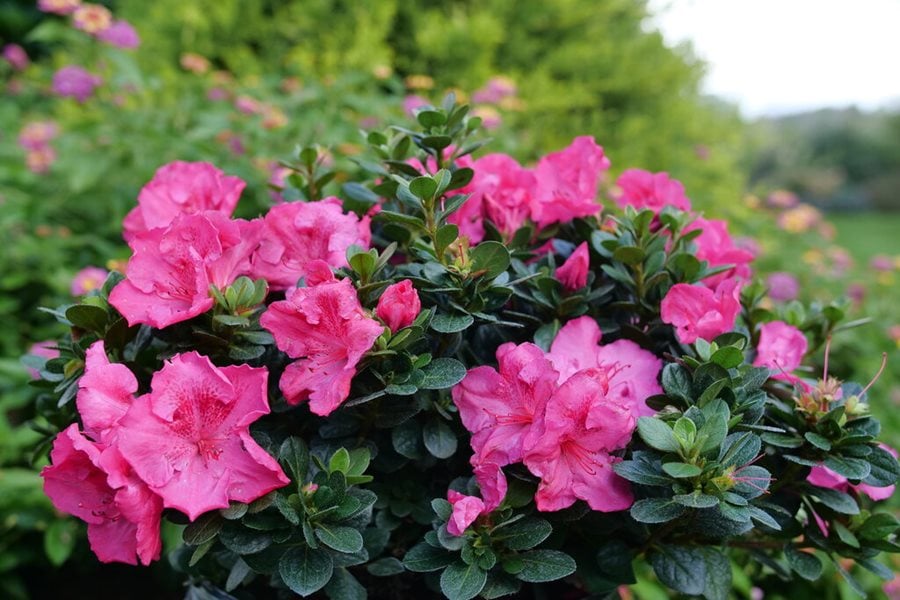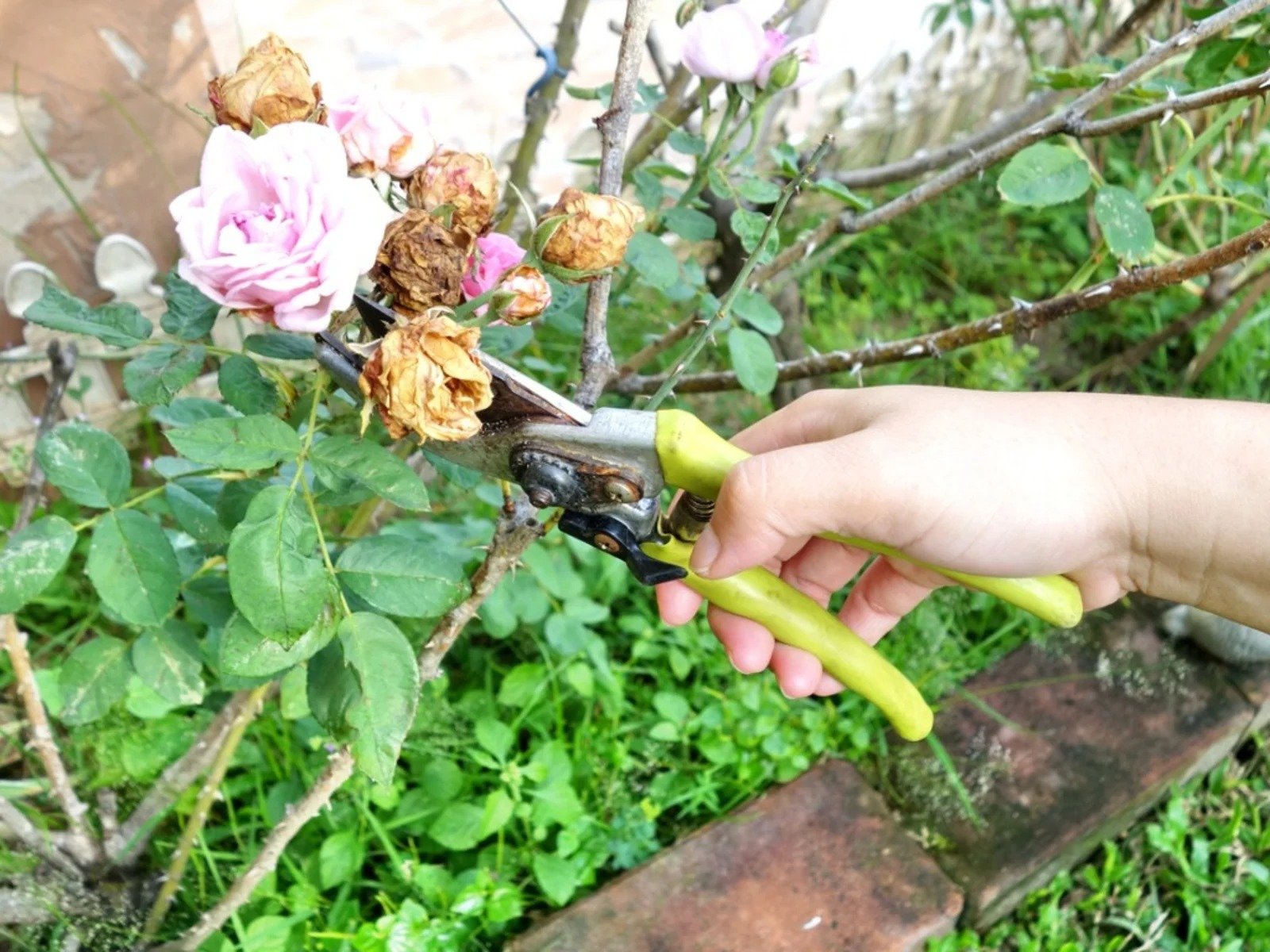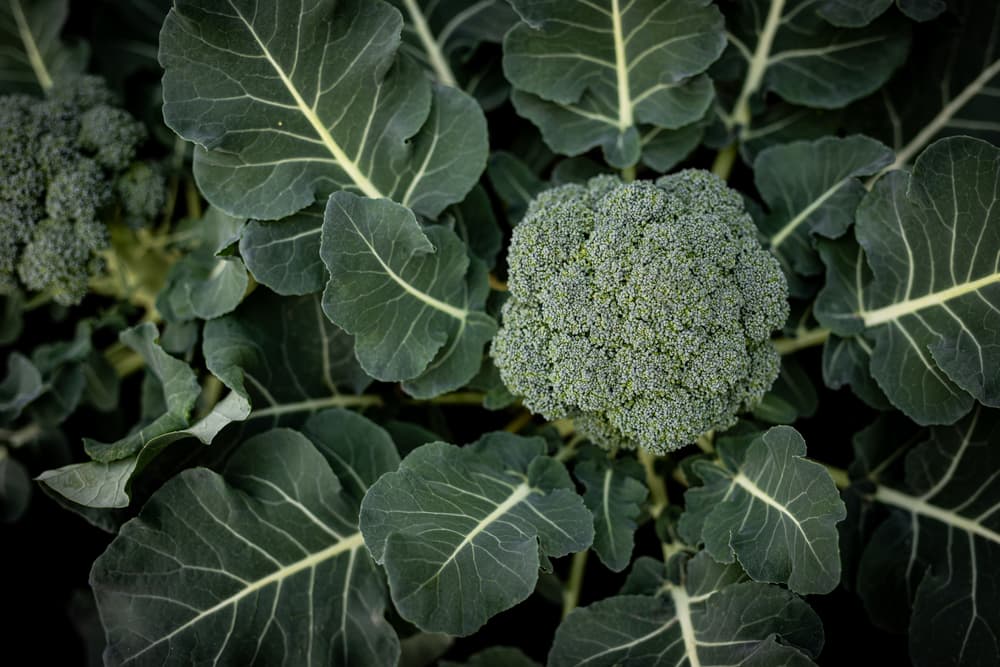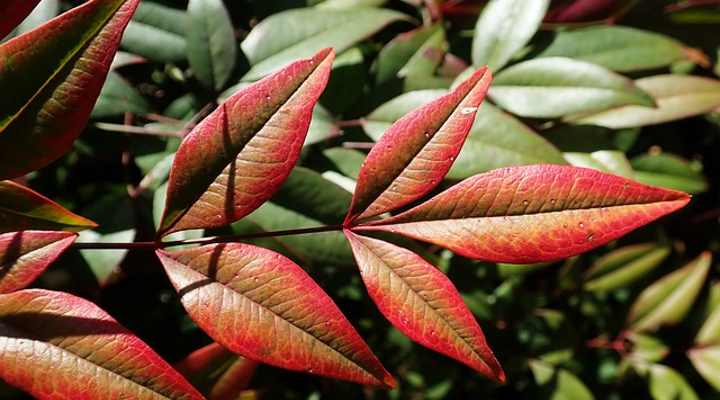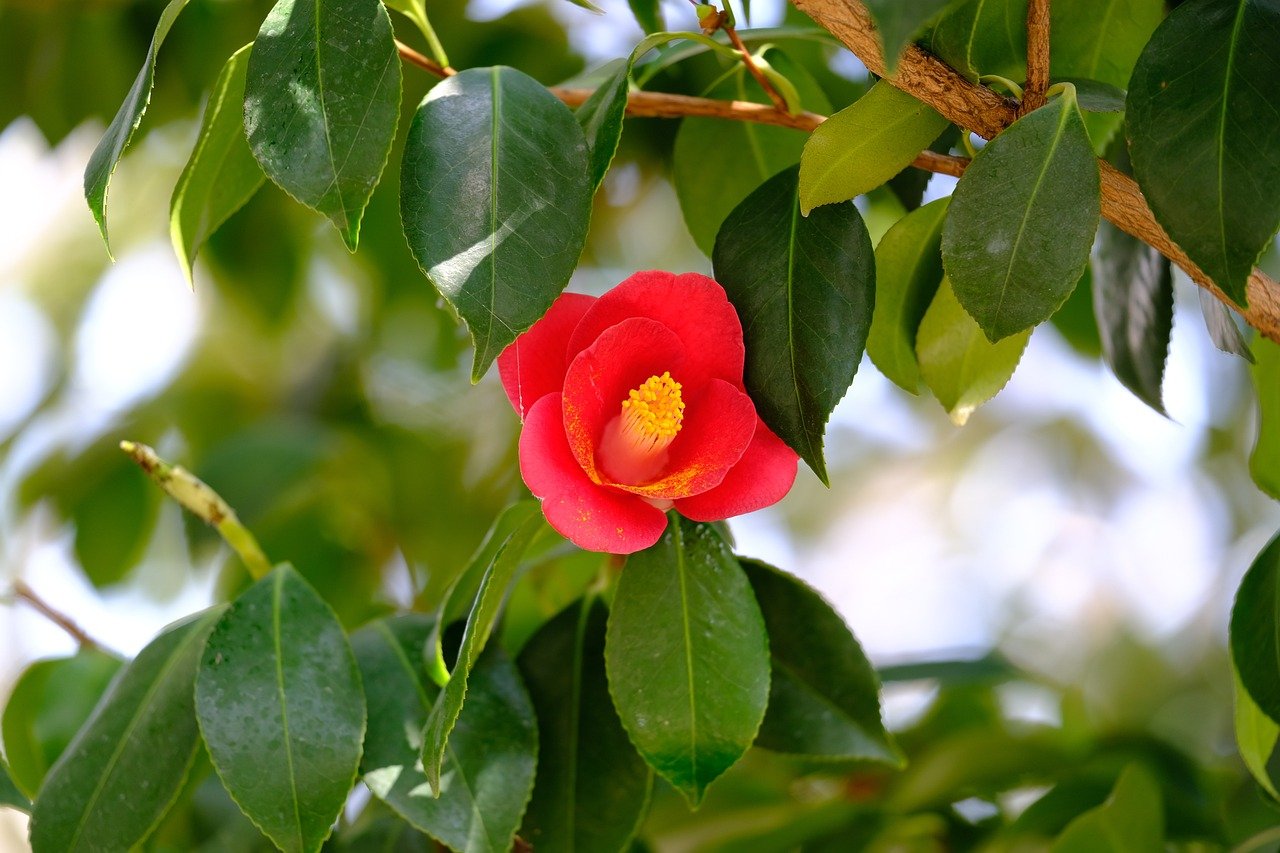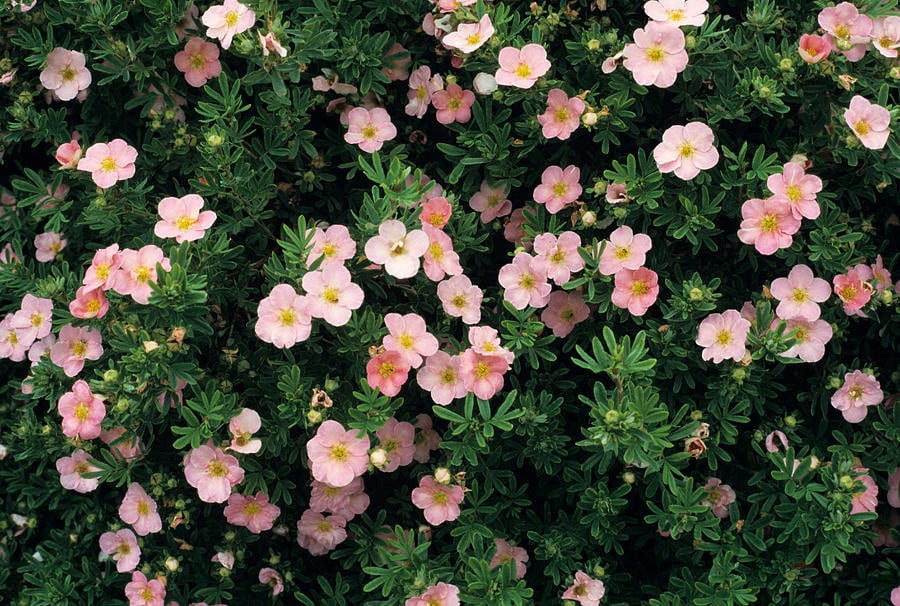How to Properly Deadhead Antirrhinum ‘Snapdragons’
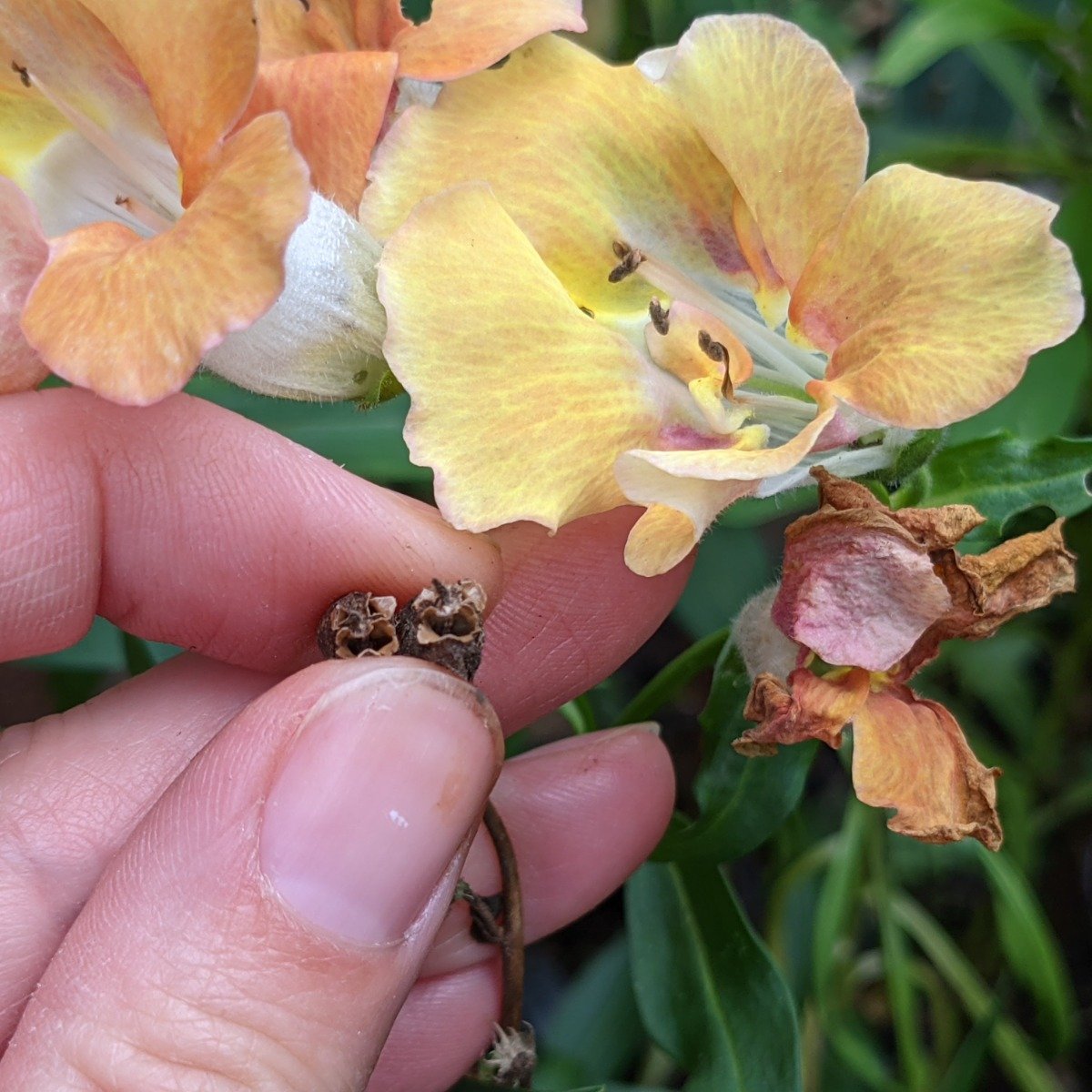
Table of Contents
Want to know how to deadhead snapdragons? We have got you covered. You will get a complete step-by-step guide on this page about deadheading snapdragons.
Deadheading the snapdragons, also known as Antirrhinum, is an annual or sometimes grown perennial plant that blooms gorgeous flowers in the growing season. It provides the garden with bright flowers with proper care.
Deadheading has a vital role to play in their growth and maintenance because the removal of spent flowers not only gives your garden a facelift but also allows new and healthy flowers to form.
We have researched and listed the top 5 questions asked about deadheading snapdragons and will provide accurate answers for you so that you can keep the garden glowing with captivating snapdragons along with other plants while also keeping it healthy so that pollinators can collect tasty nectar from them.
Let’s dive deep into the topic of deadheading snapdragons.
How to Deadhead Antirrhinum ‘Snapdragons’?
The way to deadhead snapdragons is not very complicated. All you need is gardening scissors, a plastic bag, a container, some water, and bleach. Let’s move to the steps:
- Mix bleach with water in a container and make a disinfectant out of it. The mix will be used as a cleaning agent on every use of scissors for heading a diseased or infected stem.
- Inspect the plant thoroughly and find all fading petals, stalks producing seed pods, and drooping leaves.
- Cut the foundation of such stalks immediately. Moreover, separate the spent leaves and cut them as well.
- Be careful while cutting; otherwise, you might cut a new growth end.
- Clean the scissors using the liquid blend we created initially.
- Collect the weed in a plastic bag and leave it in the corner of the garden; add manure and food waste. Finally, you’ll get the compost ready after a month.
- Deadhead the fading flowers regularly as they appear unappealing to the eyes.
- Fertilise appropriately.
Deadheading is done when snapdragons have bloomed once, but you can also encourage flower growth with pruning. You can pinch seedlings at the stage to help them evolve a bushy habit. Watering is crucial for trimmed plants to promote flower growth.
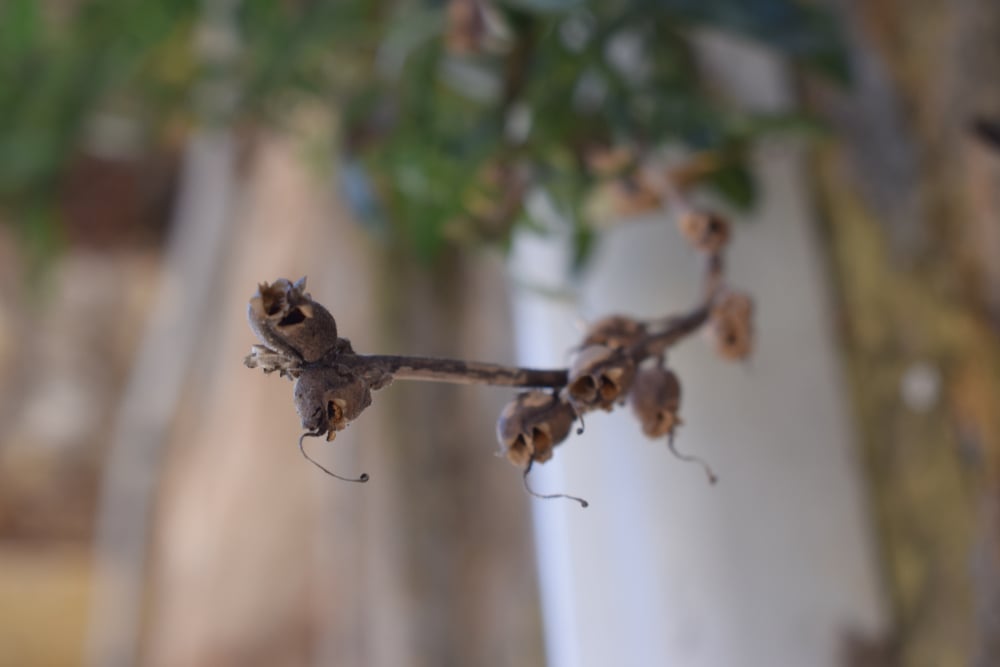
Another notable aspect is that following the deadheading, the snapdragons will start to bloom, but they will not flourish as they did in the spring. They will provide limited and smaller flowers this time. Some of them might also become unattractive and dry, so deadhead them as well. Such drying flowers should be regularly checked and removed for a clean and appealing garden look.
Why is Deadheading Antirrhinum ‘Snapdragons’ Important?
Deadheading a plant, especially a snapdragon, is crucial because it helps it flourish consistently and saves energy for new blossoming. Deadheading is a process in which we remove ageing and spent flowers and stems before they shed seeds. There are numerous benefits to deadheading which is a pretty straightforward maintenance task.
1. Saves Plant’s Energy
Deadheading is a low-key maintenance process that saves the snapdragon’s energy that helps it produce newer flowers. It happens because the plant shifts its energy to produce seeds instead of developing buds. Thus the saved energy will provide your garden with fresh blooms for a more extended period instead of turning the garden into a graveyard of dead plants.
2. Keep the Garden and Plant’s Beauty Intact
Not only the removal of spent flowers will save energy but also help the plant maintain its beautiful shape. Moreover, deadheading would make it look tidier if you have plenty of snapdragons in your garden because it will prevent the snapdragon from self-seeding. As the old saying goes, excess of everything is not good; it is better to deadhead them before they start to develop seeds.
3. Visually Exhausting Garden
The deadheading becomes a must if you are not growing it in the pot but in the garden. The moment they drop seeds, your garden will have a cluster of snapdragons. It will turn the place into an unorganised mess instead of making it captivating. You don’t want to turn your gardening dream into a nightmare of chaos.
Deadheading is not something you can ignore to achieve an ordered garden. If there is nothing one can focus on easily (organised flowers), all your efforts will go in vain. Moreover, it doesn’t require much action but is so rewarding at the same time. This uncomplicated method is the best to stimulate new flowers. Also, it will maintain your grind in the form of an enchanting garden full of lovely blossoms.
What is the Best Time for Deadheading Antirrhinum ‘Snapdragons’?
The most appropriate time for deadheading snapdragons would be the growing season. As the snapdragons start to fade, you should ready your gear to get rid of the dead leaves. If you are late, you will have two problems to face. First, your garden won’t be in the order, and second, your snapdragon’s flowering period will go down.
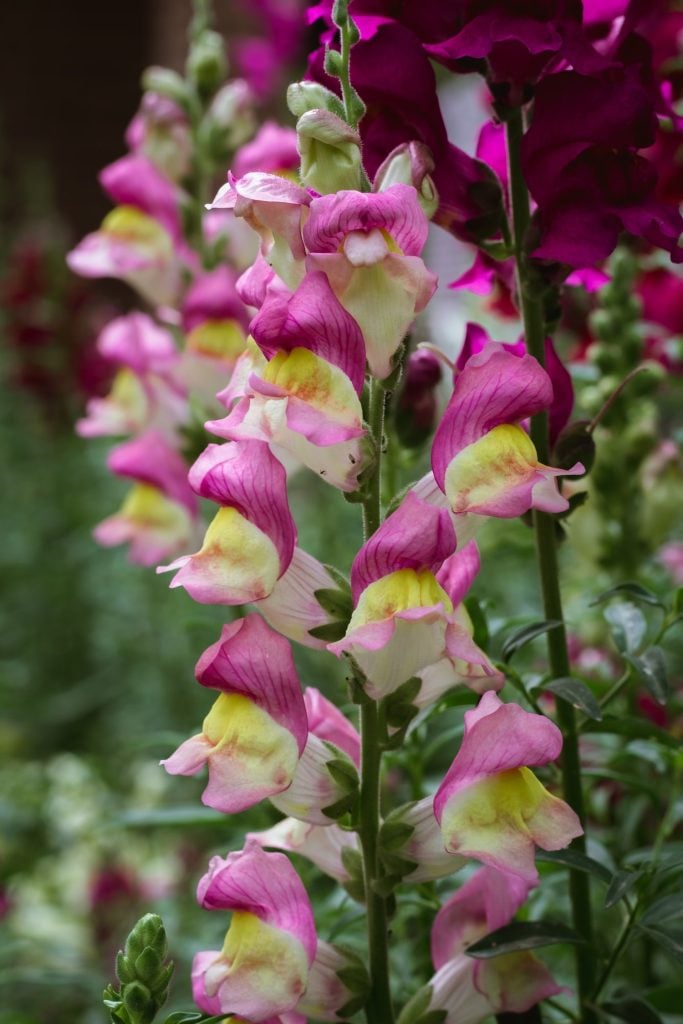
It is vital to remove dead leaves on time and precisely, or else the plant will lose its precious energy and age quickly. Some varieties of snapdragon shed seeds faster than others, so it becomes indispensable to deadhead them according to their speed and variety. Self-seeding variety will produce more and more flowers every year if not deadheaded on time. The plants will keep blooming for more than a week if the conditions are maintained well.
However, you may also encounter a lack of flowers in the upcoming season, which could have happened due to improper deadheading. Sometimes, the plant needs to be eradicated since it spends all its flowers. Here you will need to take a hard step and cut the entire plant for improved blooming.
As mentioned earlier, most varieties bloom bright flowers from June to October and attract wildlife to the garden. Throughout this period (summer months), deadheading should be regularly and appropriately done.
The snapdragons will go dormant in winter naturally and will fade away and will no longer need deadheading. Overall the process is time-consuming but rewarding at the same time. And if the deadheading is done properly, your garden, no matter what size it is, will look spacious and pleasing to the eyes.
Is Cutting Off Leaves in Winter Essential?
Most varieties of snapdragons do not survive in winter and require protection to survive in the winter, especially frost. If you are growing snapdragons in harsh temperatures, where they Are grown as annual plants, you can let the frost kill the plant and remove it from the garden, or you can save it with the help of a shelter and collect the seeds for the next season.
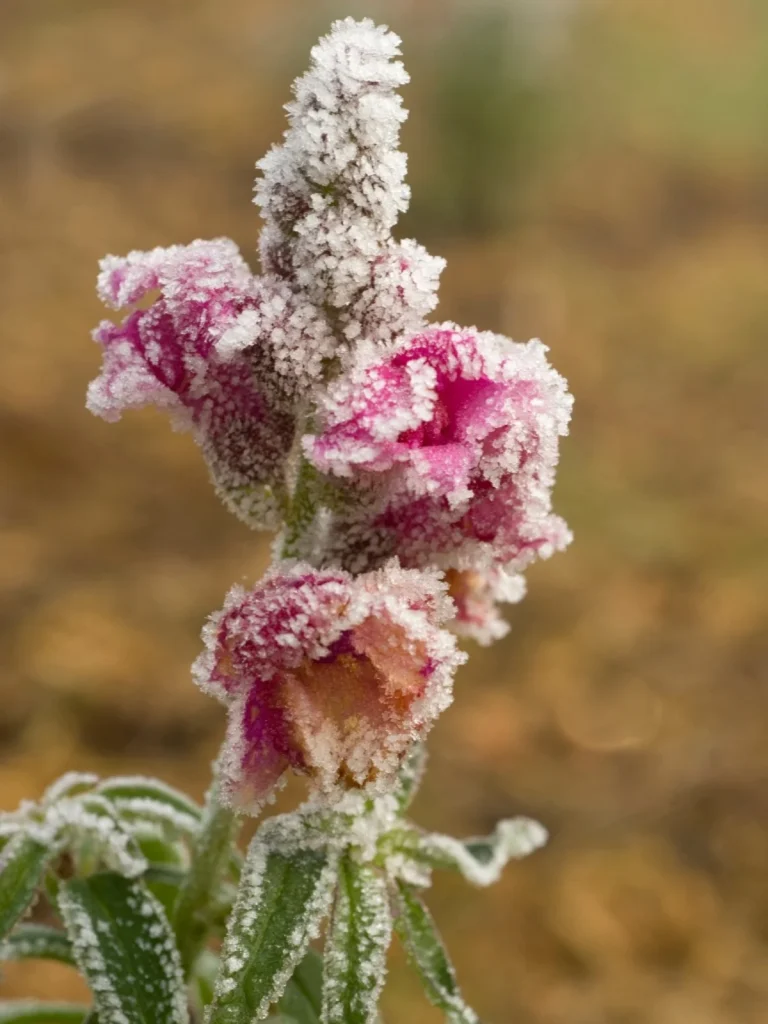
The climate is another thing that determines if you have to cut them or not. In addition, if you are growing it as a perennial(a plant that lives a couple of years), you can cut the plant about two inches above the ground and cover it with mulch to protect it from winter damage. This method will also help to survive wintering diseases.
Overall, if the climate is milder, they can survive with the help of a mulch layer to protect them from frost, but in harsh climates, they will end up being killed by the frost. Additionally, we can also overwinter them by transferring them to containers with protection in a greenhouse.
Overwintering Tips:
- Bring them inside by transferring them to the pots.
- If buying new seedlings that do not have grown buds.
- Use sterilised garden scissors when deadheading.
- Cover them with pine straw mulch to protect them from harsh winter damage.
- Do not forget to water well during cold spells.
How to Care for Snapdragons?
We have got an idea about deadheading snapdragons, and it goes without saying that caring for them is the next part of keeping them flourishing for an extended span. Proper watering, fertiliser throughout the flowering season, and solving other related issues in a timely manner will be enough for your snapdragon’s spontaneous growth. Here are the tips for caring for your snapdragons.
Deadheading Tips
- If you see too many spent flowers, you can cut the plant by one-third of its height rather than inspecting and trimming each stem individually.
- Deadhead twice a week in the growing season to prevent it from pushing its energy to forming seeds.
- Cut back the seed pods as soon as you encounter them.
- Let it shed seeds and trim its roots to save flowers for the next season.
- If you want to decorate your indoors with decorative flower arrangements, cut them from stems as they bloom flowers.
Watering Tips
- Empower your plants with enough watering, especially when they are at a young age.
- Water them weekly throughout the growing season. However, as the summer passes, water them according to the condition of the soil.
- Moisten the top layer of soil each time you water. And add organic mulch, which will retain moisture.
- Another watering Suggestion would be not to water from overhead but at the surface to reduce fungal growth.
Fertilisation Tips
- Organically rich soil will suit snapdragons the best. A thick layer of compost on top of well-drained soil will help them grow at a faster pace.
- When transplanting seedlings from the cells to the garden, ensure the garden bed is enriched with suitable compost.
- Overwatering cause rust, stem rot and powdery mildew. Which is why growing them in well-drained soil is crucial.
Conclusion
To conclude, we have learned how to deadhead snapdragonsand the best care strategies. The first part of the piece elaborated on the importance of deadheading snapdragons, which helps in their improvement and growth and clean atmosphere simultaneously.
We explored the possibility of cutting off the spent leaves in winter with some aspects that help us ensure it. In the end, we got a complete picture of how to take care of snapdragons with helpful tips on deadheading, watering, and feeding the plant.
All in all, we understood how and when to deadhead plants with caring tips. We hope you make the most of this information and improve your Snapdragon’s health and appearance.

